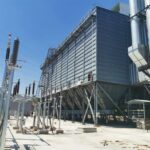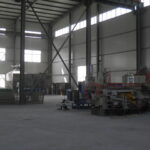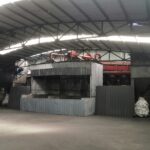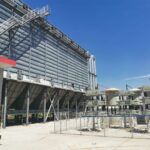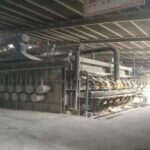Introduction
In modern steelmaking, the oxygen lance pipe plays a critical role in enhancing productivity, improving energy efficiency, and ensuring high-quality steel output. As a key component in basic oxygen furnaces (BOFs) and electric arc furnaces (EAFs), the oxygen lance facilitates the injection of high-purity oxygen into molten iron, enabling decarburization, slag formation, and temperature control. This article examines the technical aspects, operational benefits, and performance data associated with oxygen lance pipes in steel production.
1. Function and Design of Oxygen Lance Pipes
The oxygen lance is a water-cooled, multi-nozzle pipe that delivers oxygen at supersonic velocities (Mach 2.0–2.5) into the molten bath. Its primary functions include:
– Decarburization: Oxygen reacts with carbon to form CO/CO₂, reducing carbon content from ~4% in hot metal to <0.1% in steel.
– Slag Formation: Oxygen combines with impurities (Si, Mn, P) to form slag, which is later removed.
– Heat Generation: The exothermic reactions raise bath temperatures to 1,600–1,700°C, eliminating the need for external heating in BOFs.
Modern lances feature “multi-hole nozzles (3–7 holes)” to optimize jet penetration and minimize splashing. Nozzle designs are tailored to vessel size and blowing rates, with typical oxygen flow rates ranging from “3–5 Nm³/min per ton of steel”.
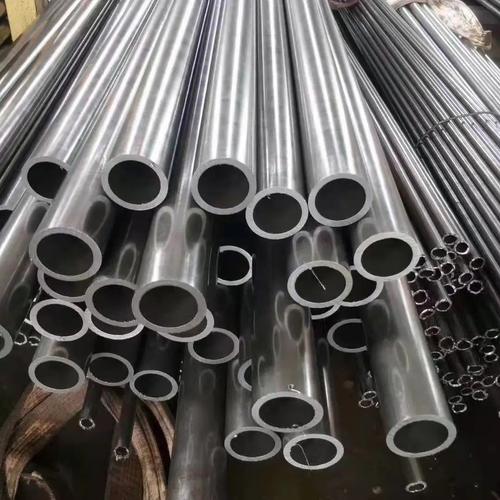
2. Performance Data and Efficiency Gains
– Blow Time Reduction: Advanced lance systems reduce blow time by “10–15%”, increasing BOF throughput. For example, a 300-ton converter can achieve tap-to-tap times of “35–40 minutes” with optimized lancing.
– “Oxygen Utilization”: High-efficiency nozzles improve oxygen utilization to “85–90%”, compared to 75–80% in conventional systems (Source: “Iron & Steel Technology”, 2022).
– Refractory Life: Proper lance positioning reduces refractory wear, extending lining lifespan by “20–30%” (Data: *Steel Research International*).
3. Innovations and Challenges
– Coherent Jet Technology: Emerging systems use shrouded oxygen jets to enhance penetration depth by “15–20%”, reducing Fe loss and improving yield.
– Automated Lance Control: AI-based dynamic adjustment of lance height and flow rates optimizes blowing patterns, reducing energy consumption by “5–8%”.
– Erosion Resistance: Coatings like “ZrO₂ or high-Cr alloys” mitigate nozzle erosion, maintaining performance for “500–700 heats”before replacement.
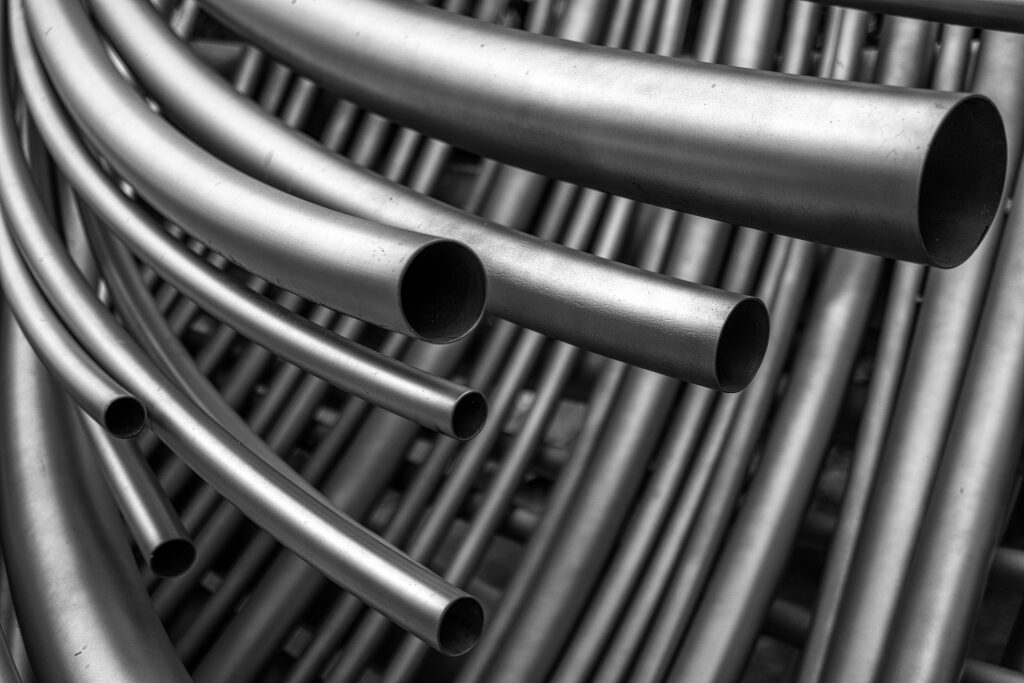
4. Environmental and Economic Impact
Oxygen lancing contributes to sustainable steelmaking by:
– Lowering coke consumption by “30–50 kg/ton of steel” (vs. open-hearth furnaces).
– Reducing CO₂ emissions by “1.5–2.0 tons per ton of steel” in BOFs (World Steel Association, 2023).
Conclusion
The oxygen lance pipe remains indispensable in steelmaking, driving efficiency, cost savings, and environmental compliance. Continuous advancements in nozzle design, automation, and materials science promise further gains in productivity and sustainability.

